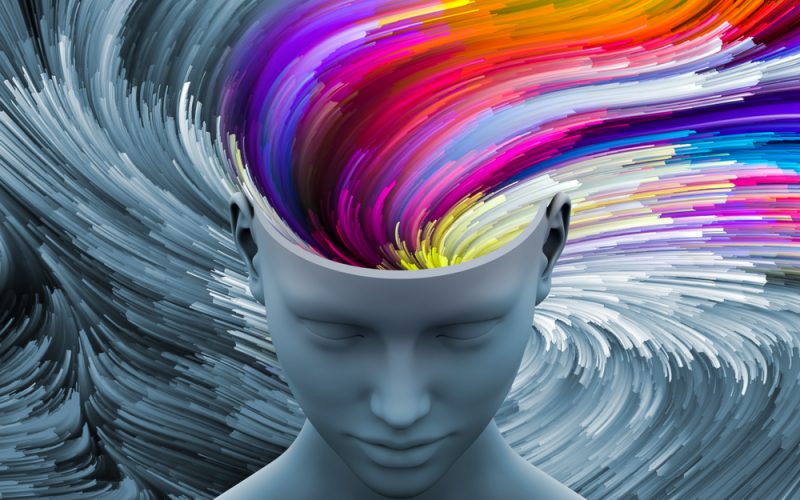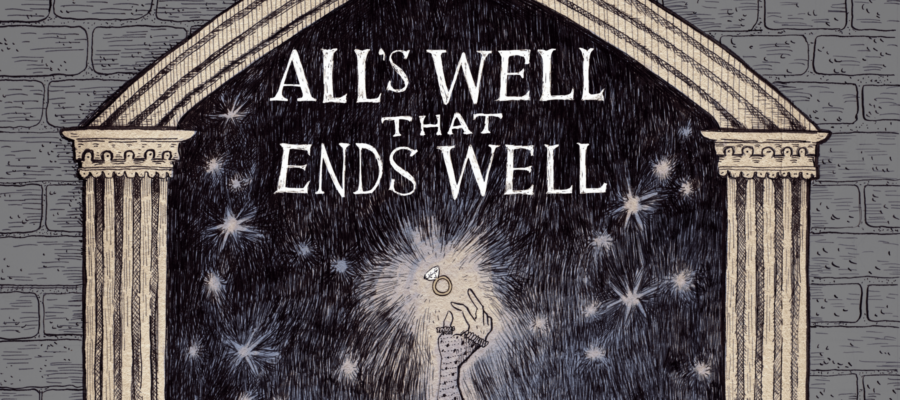Shazia Masod Khan
Symbolism, the use of symbols to represent ideas, concepts, or emotions, is a powerful literary device that has enriched storytelling and poetry for centuries. In the hands of skilled writers, symbols can add layers of meaning, evoke deep emotions, and enhance the overall literary quality of a work.
The Power of Symbols:
Symbols are not mere words or objects; they are carriers of deeper significance. They can represent abstract concepts like love, death, or freedom, or they can embody complex emotions like joy, sorrow, or fear. By using symbols, writers can transcend the limitations of literal language and tap into the vast reservoir of human experience and emotion.
Symbolism in Poetry:
In poetry, symbolism plays a particularly crucial role. Poets often rely on symbols to evoke vivid imagery, create suggestive metaphors, and express the inexpressible. For instance, in Emily Dickinson’s poem “A Bird Came Down the Walk,” the bird symbolizes freedom, hope, and the fleeting nature of beauty. Similarly, in William Blake’s poem “The Tiger,” the tiger represents power, passion, and the duality of nature.
Please, subscribe to the monthly magazines of republicpolicy.com
Symbolism in Fiction:
Symbolism is equally important in fiction, where it can be used to develop characters, foreshadow events, and convey themes. In Harper Lee’s novel “To Kill a Mockingbird,” the mockingbird symbolizes innocence, compassion, and the importance of protecting the vulnerable. Similarly, in George Orwell’s novel “Animal Farm,” the pigs represent corruption, power, and the dangers of unchecked ambition.
Symbolism and Literary Quality
Symbolism enhances the literary quality of a work in several ways. It adds depth and complexity, allowing writers to explore nuanced themes and emotions. It creates a sense of mystery and intrigue, drawing readers in and inviting them to decipher the deeper meanings embedded in the text. Symbolism also sparks imagination and invites multiple interpretations, enriching the reading experience and fostering thoughtful discussions.
Examples of Symbolism in Literature:
- The Scarlet Letter by Nathaniel Hawthorne: The scarlet letter “A” worn by Hester Prynne is a powerful symbol of her adultery, shame, and societal isolation.
- The Great Gatsby by F. Scott Fitzgerald: The green light at the end of Daisy Buchanan’s dock symbolizes Gatsby’s unattainable dream of love and wealth.
- The Lord of the Rings by J.R.R. Tolkien: The One Ring symbolizes the corrupting power of greed and the struggle between good and evil.
- The Metamorphosis by Franz Kafka: Gregor Samsa’s transformation into a cockroach symbolizes alienation, isolation, and the dehumanizing effects of modern society.
- The Handmaid’s Tale by Margaret Atwood: The white bonnets worn by the handmaids in the dystopian society of Gilead symbolize their subjugation, oppression, and loss of identity.
These are just a few examples of how symbolism enriches literature and enhances its literary quality. By employing symbols thoughtfully, writers can create meaningful and memorable works, leaving a lasting impact on readers’ minds and hearts. Therefore, writers and poets need to employ symbolism in their writings. The usage of symbolism makes writings precise, indirect and meaningful. Especially in political, cultural and religious literature, the usage of symbolism can provide readers with accurate meaning without creating controversies and fuss. Thus, symbolism is a great asset for both writers and readers to enjoy the deep meaning as well as the linguistic aestheticism.
Please, subscribe to the YouTube channel of republicpolicy.com















